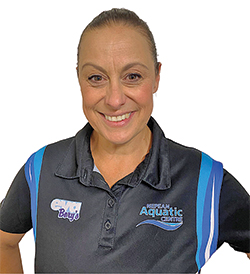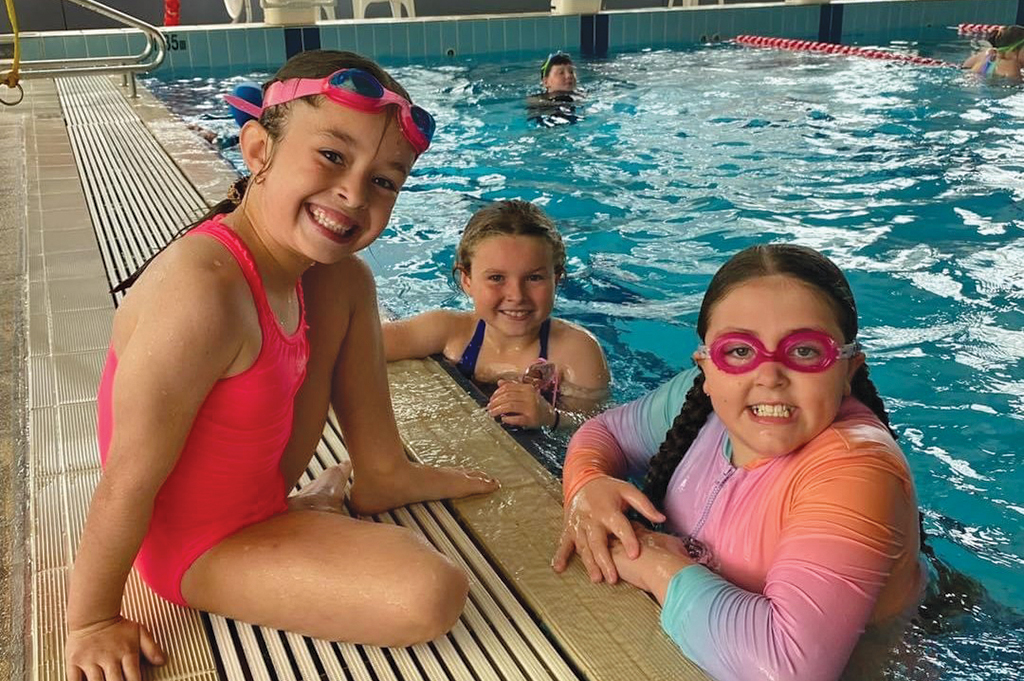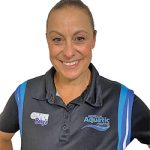 This term is flying by, probably because it is one of our busiest! In addition to our usual Learn To Swim lessons seven days a week we are very happy to provide primary and high school swimming programs for hundreds of local school children in Term 4 at Nepean Aquatic Centre.
This term is flying by, probably because it is one of our busiest! In addition to our usual Learn To Swim lessons seven days a week we are very happy to provide primary and high school swimming programs for hundreds of local school children in Term 4 at Nepean Aquatic Centre.
This is an incredibly important part of the work we do, especially considering that Royal Life Saving says it is deeply concerned that more than 40 per cent of all children now leaving primary school have not achieved the National Benchmarks for swimming and water safety education for 12-year-olds.
Royal Life Saving Chief Executive Officer, Justin Scarr, says the increased drowning rate in teenagers is a very worrying trend, clearly linked to gaps in education. He says many children are now missing out on lessons, receiving too few lessons or dropping out of swim programs altogether – particularly between the ages of eight and 10. Scarr says “for too many years, too many children have not been able to swim 50 metres and float for more than two minutes”. This is now having far reaching consequences.
The latest Royal Life Saving Australia National Drowning Report reveals the risk of drowning increases tenfold for youth and young adults aged 10 to 20 because of a clear decline in swimming, water safety, and lifesaving skills and an increase in risk-taking activities in this age group. Tenfold! That is a statistic I find truly frightening.

Justin Scarr said, “Our new research shows the effects of insufficient swimming and water safety skills can be undoubtedly severe, ranging from an increased risk of drowning to a lack of confidence when participating in water-based activities, particularly as children move into their teenage years and early adulthood.”
“Many young adults are quite simply being left unprepared for the dangers they may encounter in and around the water as they grow older. Without immediate action to address this skills gap, more lives could certainly be at risk. Parents and carers play a critical role in their children’s swimming and water safety education, and we strongly recommend they enrol them in lessons or a program such as Swim and Survive, that adheres to the National Swimming and Water Safety Framework and assesses progress against the National Benchmarks,” Scarr said.
The National Swimming and Water Safety Framework provides a nationally recognised, structured and consistent approach to swimming and water safety education, and by ages six, 12 and 17, children should have the minimum swimming and water safety skills and knowledge set out in the Framework.
While these are the basic skills children need, exceeding them can boost their confidence, competency and overall safety in the water.
There are eight basic skills a child should have by the age of 17, which include being able to swim continually for 400 metres; float, scull or tread water for five minutes and signal for help; and rescue a person and apply emergency care.
Does your child meet or hopefully exceed the benchmarks?

